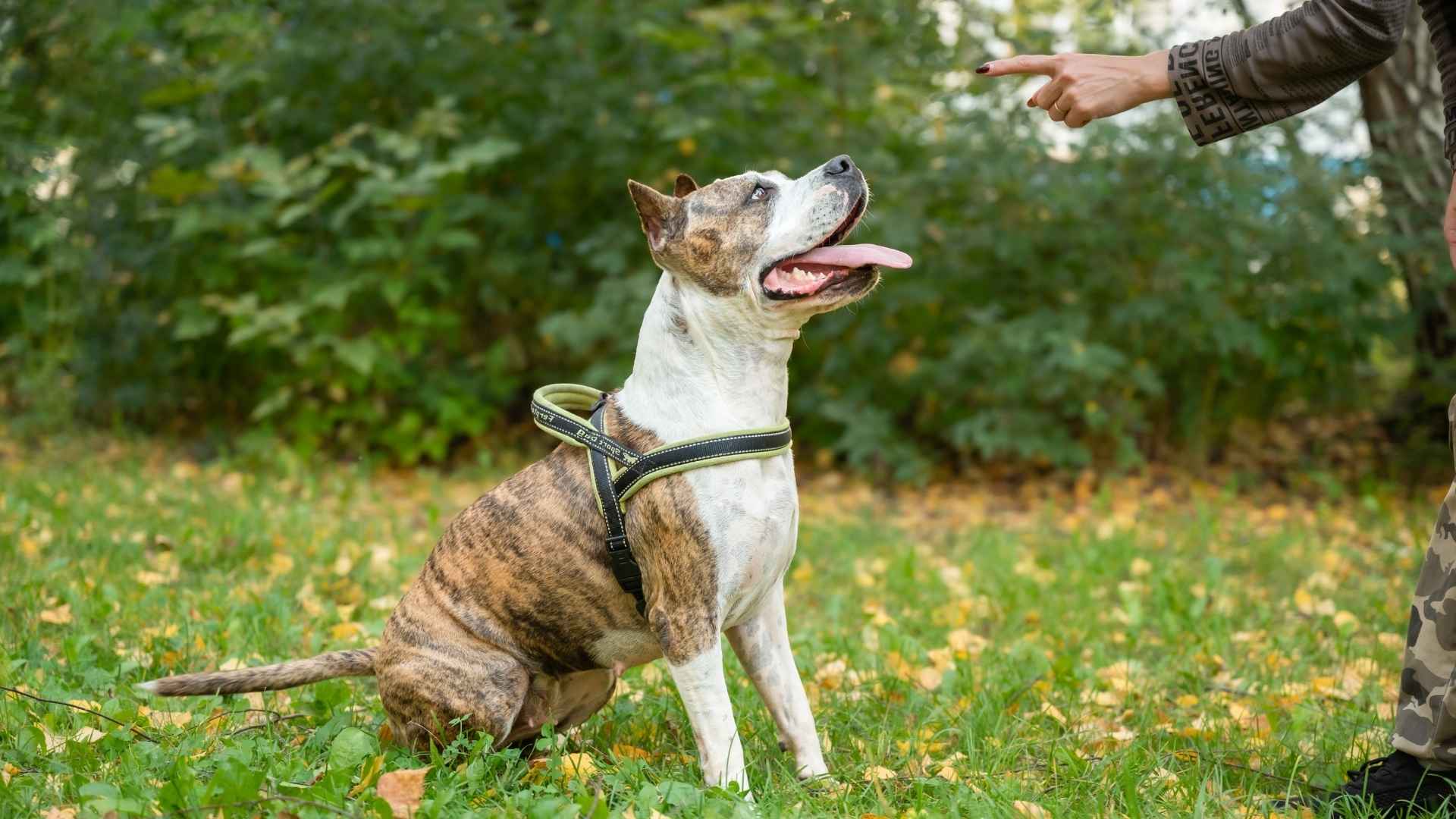Some dogs ace obedience school with flying colors, while others seem more interested in rewriting the curriculum. While every dog brings its own kind of charm, some breeds are known for testing even the most patient of trainers. Whether it’s selective hearing, an independent streak, or just too much personality for one leash to handle, these pups aren’t here to follow orders blindly. But make no mistake; being hard to train doesn’t mean being hard to love.
In fact, these breeds often boast deep intelligence, strong instincts, and a whole lot of character. What they lack in obedience, they often make up for with loyalty, wit, and heart. With the right mix of patience, consistency, and creativity, even the most headstrong hound can learn a few tricks. It’s all about understanding their motivations and adapting your approach.
Let’s meet the breeds that keep us on our toes, and somehow still steal our hearts.
Hard to Train Dog Breeds
1. Siberian Husky
Don’t let the piercing blue eyes and animated expressions fool you; Siberian Huskies are some of the most challenging dogs to train. Originally bred to run for miles across harsh frozen landscapes, their instincts are rooted in independence and endurance. That means they’re not ones to easily fall in line when it comes to obedience training.
Huskies thrive on physical activity and mental stimulation, requiring far more than a basic walk around the block. Without enough outlets for their boundless energy, they quickly turn to destructive behaviors like chewing, digging, or vocalizing their discontent; yes, they’re famously talkative, at all hours.
Leash training can be particularly tricky with this breed. Their high prey drive and natural curiosity make them notorious escape artists, especially if small animals are nearby. A high fence and consistent training are essential to keep them safe and contained.
The Husky’s stubborn streak stems from their working heritage. In sledding teams, they were bred to disobey commands if the terrain ahead posed danger. That trait, while admirable in the Arctic, makes them frustratingly selective listeners in suburban backyards.
Experienced owners with active lifestyles will find Huskies to be loyal and entertaining companions, but for first-time pet parents, they’re better admired from a distance.
2. Akita
According to AKC, the Akita is a striking breed known for its loyalty and courage. But it’s also known for power, poise, and complexity, traits that can make training a formidable challenge. Originally bred in the mountainous regions of Japan for guarding and hunting, Akitas are intensely loyal and protective. This loyalty often translates into aloofness toward strangers and strong territorial instincts, which require early and consistent socialization to manage effectively.
Independence is another hallmark of the Akita’s personality. While highly intelligent, this breed tends to think for itself, sometimes choosing to ignore commands if it doesn’t respect or trust the person giving them. For this reason, Akitas need a confident, experienced pet parent who can establish clear leadership and mutual respect. Firm boundaries, positive reinforcement, and short, engaging training sessions are key.
Their size and strength also add to the training demands. Leash training is essential early on, as Akitas are powerful and known to pull if not taught proper manners. Daily exercise, at least two brisk walks and ample yard time, helps burn off energy and keep them mentally balanced.
Socialization from puppyhood is vital. Without it, Akitas may develop aggressive tendencies toward other animals or unfamiliar humans. They are best suited as the sole pet in a household, though with careful introductions, cohabitation may be possible.
For those who can match their confidence and dedication, the Akita rewards with deep loyalty, courage, and an unmistakable presence.
3. Rottweiler
Despite their reputation as powerful protectors, Rottweilers are also deeply affectionate companions, but training them can be a serious commitment. Their strong-willed nature and unwavering loyalty often mean they bond intensely with one person, which can lead to selective listening when someone else gives a command.
These large dogs are naturally confident and incredibly smart, but their independence can complicate training efforts. Without early and consistent obedience work, they may try to assume leadership roles, especially if they sense uncertainty. A firm, respectful approach paired with positive reinforcement is essential to keep their protective instincts in check.
Socialization plays a critical role in raising a well-balanced Rottweiler. If not properly exposed to people and situations from a young age, they can become overly territorial or mistrustful of strangers. This makes early exposure to various environments and handlers especially important.
Rottweilers also need clear boundaries and a consistent routine to thrive. While they’re capable of learning quickly, they can just as easily test limits, especially with inexperienced handlers. They excel with training that channels their natural drive and focus.
With the right mix of patience, structure, and experience, Rottweilers can become disciplined, loyal companions. But make no mistake: this is a breed that demands dedication and a confident, capable hand.
4. Afghan Hound
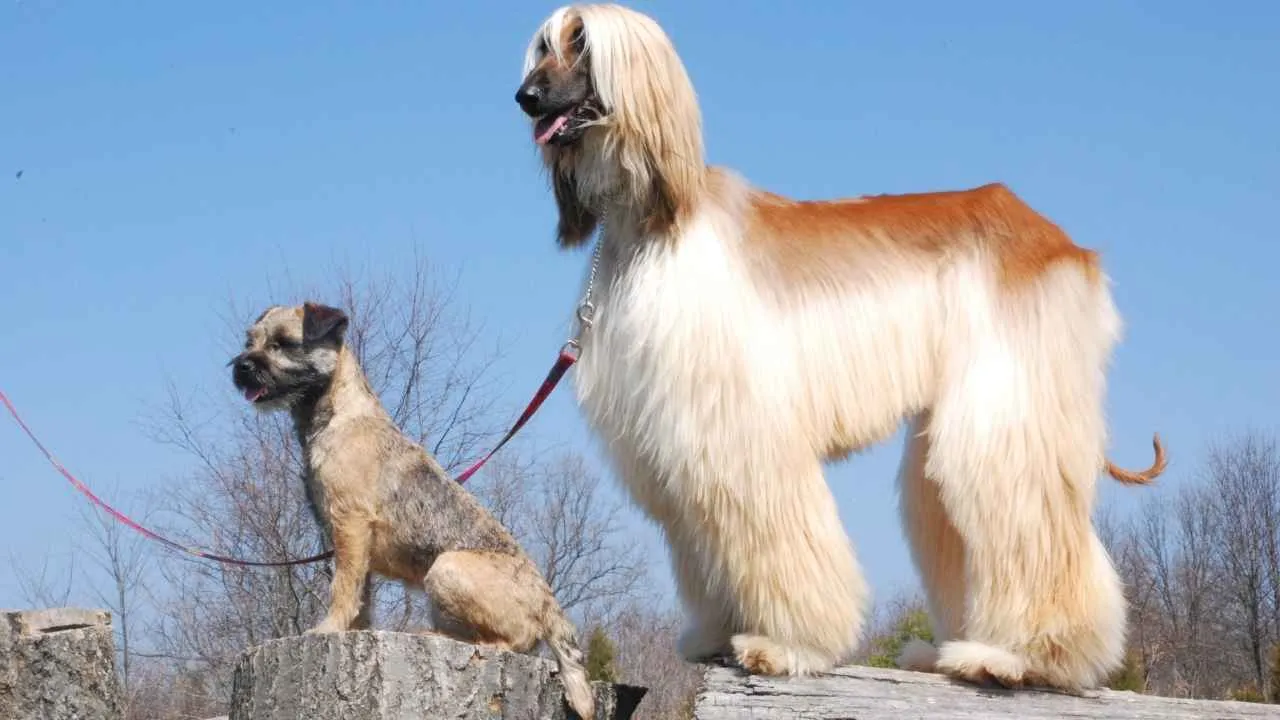
The Afghan Hound stands out with its flowing, silky coat and regal bearing, but beneath its glamour lies a truly independent spirit. Originally bred to hunt large prey in the rugged mountains of Afghanistan, this sighthound is athletic, agile, and incredibly fast.
While it’s intelligent, its cat-like aloofness and selective hearing often pose a challenge during training; don’t be surprised if your Afghan Hound ignores your commands with an air of deliberate elegance. Training an Afghan Hound takes patience and creativity. This intelligent breed prefers to do things on its own terms, often learning commands quickly and then promptly choosing not to follow them.
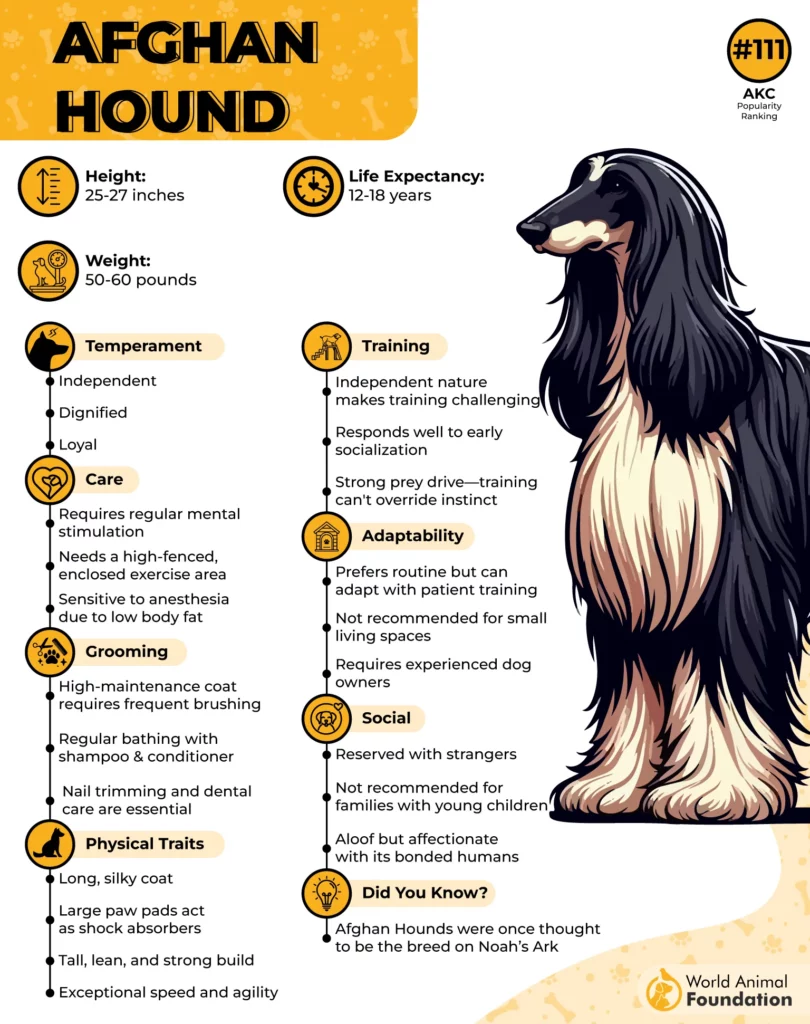
They respond best to consistent routines and positive reinforcement, but don’t expect obedience out of sheer loyalty. Their independent nature means they require an experienced and determined owner who understands the balance between firmness and encouragement.
Despite their aristocratic demeanor, Afghan Hounds are lovely and playful with their families. They form strong bonds but may remain reserved with strangers. They enjoy lounging in comfort almost as much as they enjoy a good run, and they thrive in quiet environments where their sensitive nature is respected.
Their grooming needs are intense; regular brushing and bathing are non-negotiable to keep that glorious coat mat-free. But for those up to the task, the Afghan Hound offers a unique mix of beauty, challenge, and charm that makes every moment with them unforgettable.
5. Alaskan Malamute
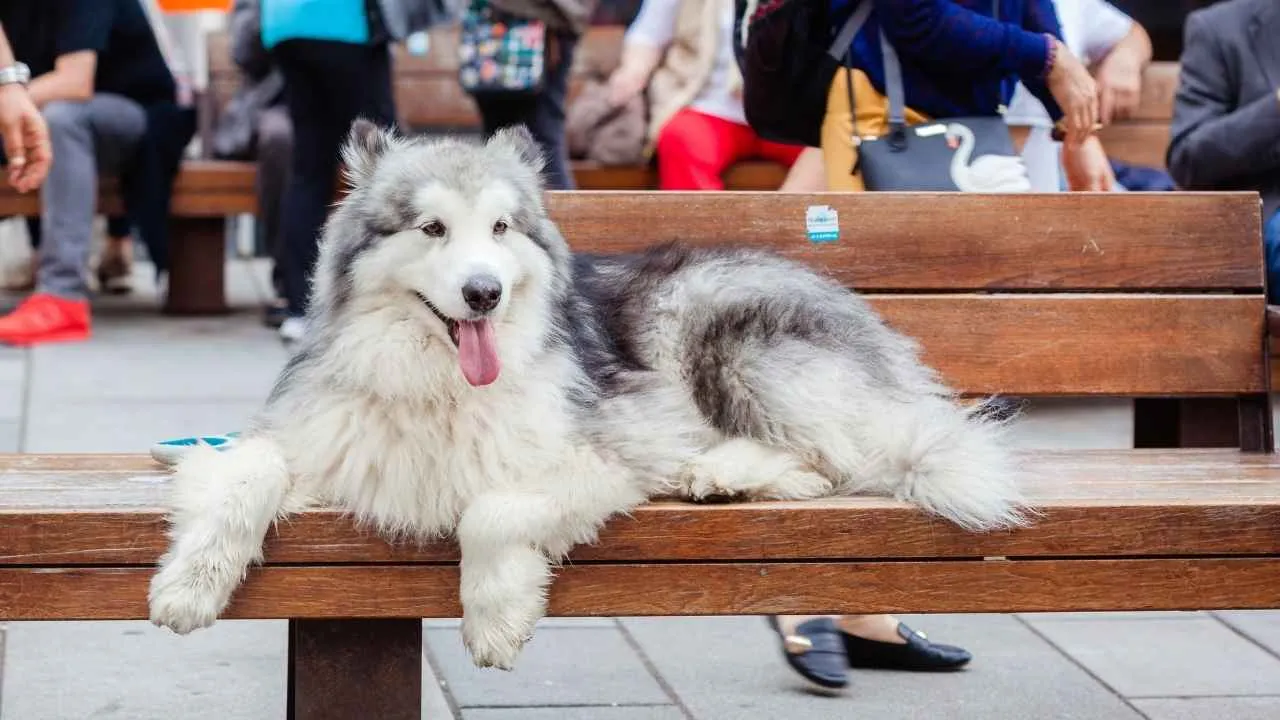
Britannica states that the Alaskan Malamute, a powerhouse of strength and determination, often wins hearts with its affectionate nature. But beneath that plush double coat lies a mind of its own, making this breed a challenge even for seasoned dog owners.
Their independence can sometimes feel like stubbornness, particularly during training sessions. Originally bred for endurance and heavy sled pulling, Malamutes are built for hard work, not necessarily obedience.
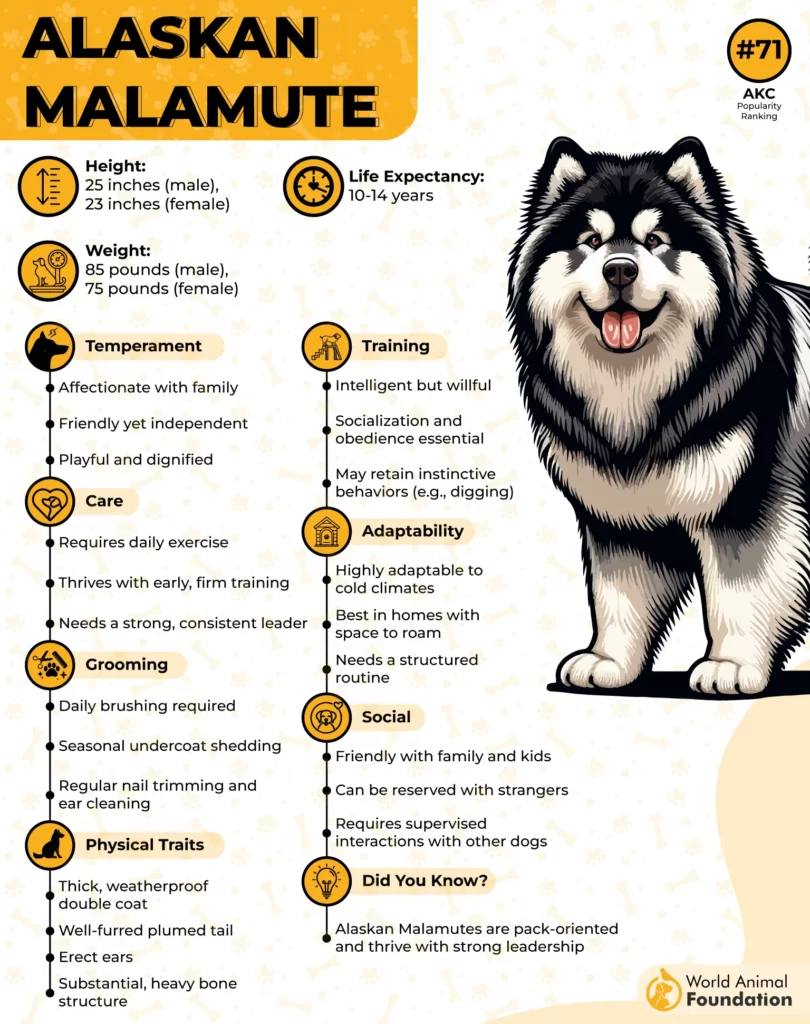
While they are capable learners, they tend to question commands unless they find a compelling reason to follow them. This trait means they require a confident, consistent handler who can establish leadership without force. Repetitive drills bore them, so training sessions need to be short, engaging, and varied.
Socialization is essential, especially early on, as Malamutes can exhibit dominant behaviors or show disinterest in other pets. They also possess a strong prey drive, so supervision around smaller animals is wise. Their size and strength can easily overwhelm novice owners, especially if leash manners are neglected.
Despite these challenges, the Malamute’s loyalty and playful spirit shine when given structure and attention. For experienced owners willing to invest time and patience, the reward is a devoted, spirited companion who loves adventure and family time alike.
6. Shiba Inu
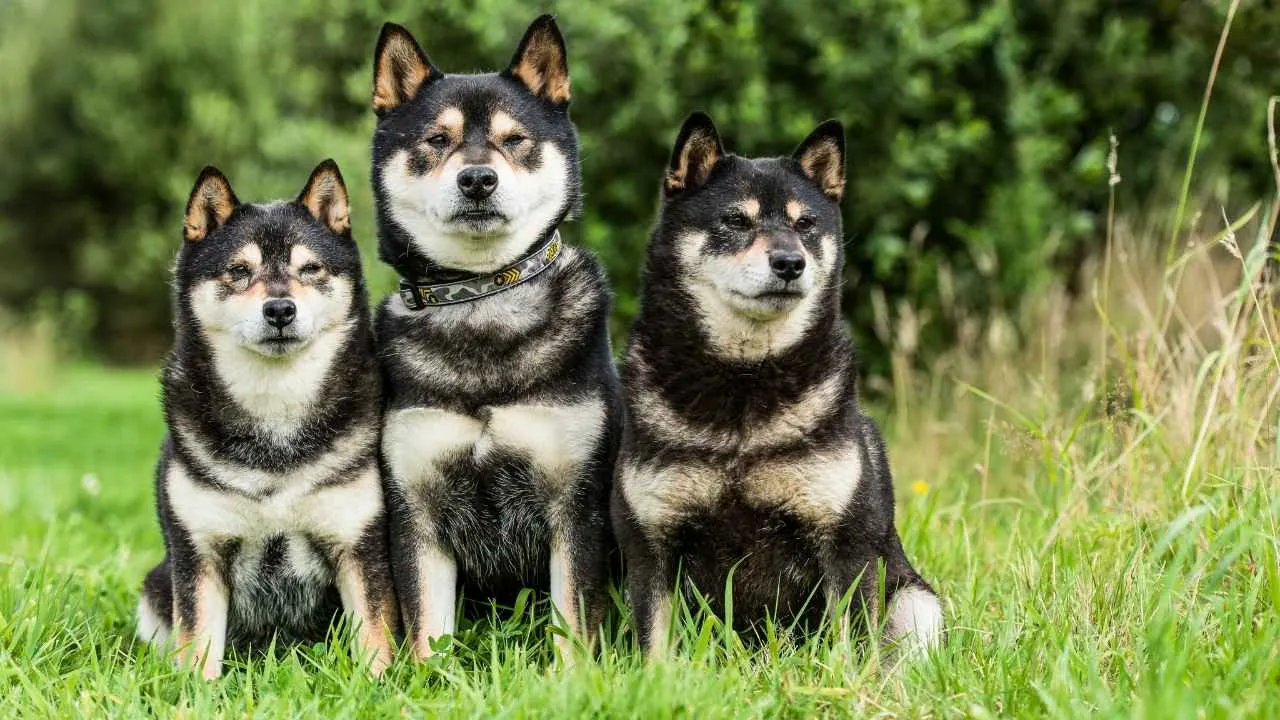
Among the most iconic of Japanese dog breeds, the Shiba Inu is as independent as it is lively, as per Pet Plan. This compact, fox-like dog boasts a bold personality wrapped in a fluffy double coat. Though smart, Shibas are notorious for doing things their own way, which can make training a true exercise in patience.
Rather than being untrainable, Shibas are simply selective about when or if they’ll obey a command. They’re quick learners, but only when they’re in the mood, and they respond best to calm, consistent training paired with positive reinforcement. Harsh corrections or rigid routines can cause them to shut down or disengage entirely.
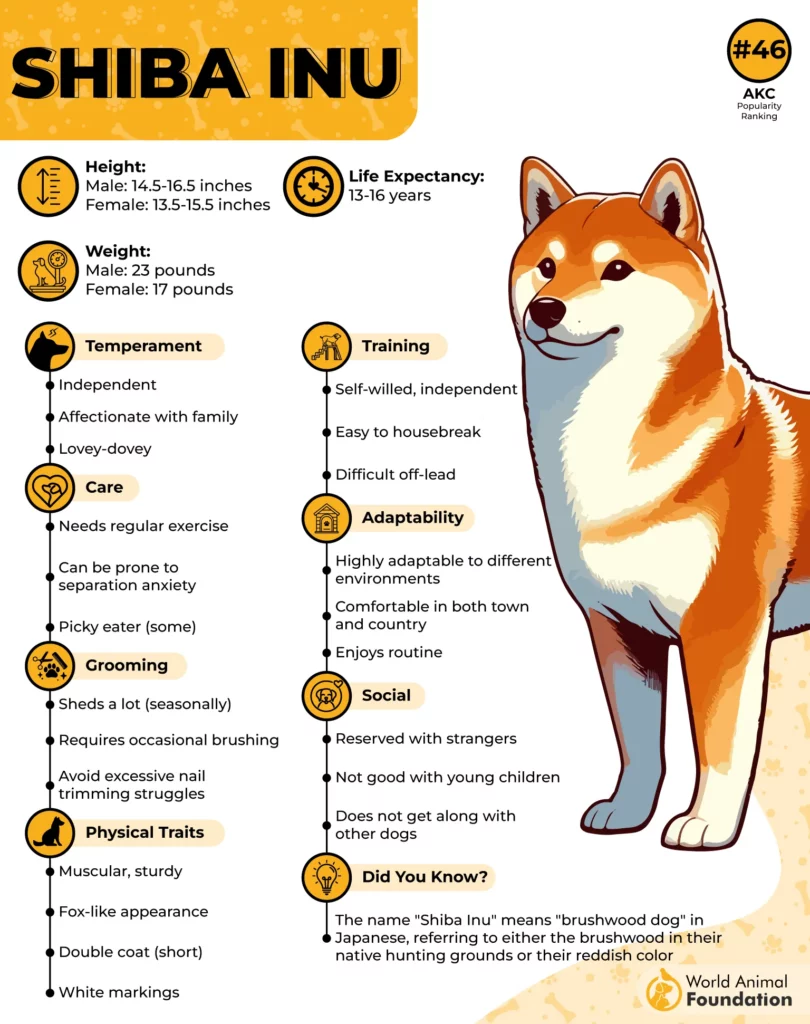
This breed also tends to have a strong prey drive and is prone to darting off when something piques their interest. Reliable recall? That’s often wishful thinking unless trained early and reinforced consistently. Leash training and secure outdoor spaces are essential.
Despite these quirks, Shibas are clean, quiet, and fiercely loyal once they bond with their people. But don’t expect them to be eager-to-please companions; they were bred to think for themselves.
In the right hands, with structure and respect, Shiba Inus can become wonderful, if slightly aloof, housemates. Just be prepared to meet them halfway, on their terms.
7. Chinese Shar-Pei
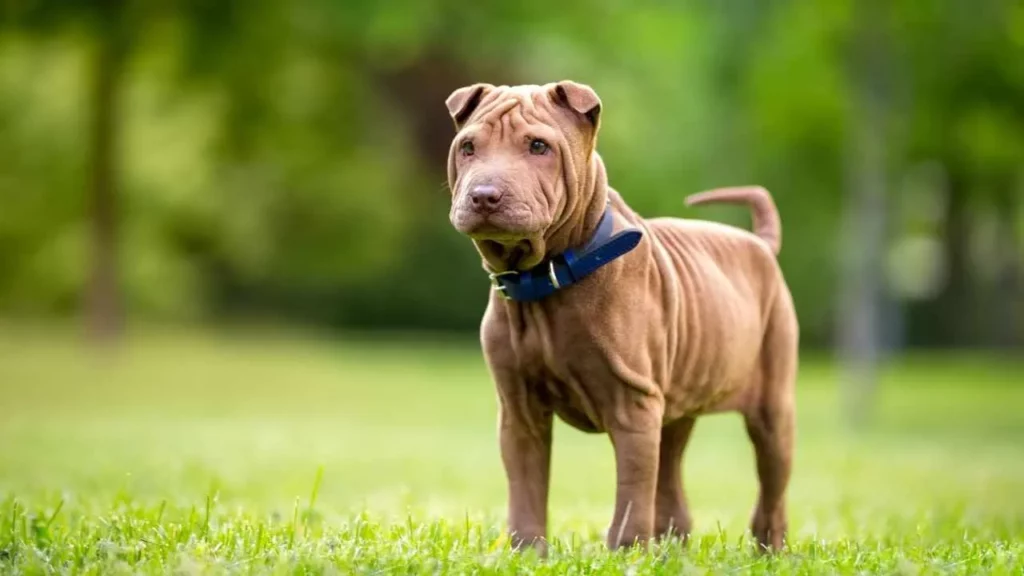
With its unmistakable wrinkles and watchful gaze, the Chinese Shar-Pei carries a dignified yet stubborn spirit. Originally bred as a guard dog, this breed is naturally reserved, especially around strangers. While fiercely loyal to their families, Shar-Peis often struggle with socialization, displaying territorial behaviors if not properly trained early and consistently.
Their independent streak can make training a challenge for novice owners. Unlike eager-to-please breeds, the Shar-Pei prefers to follow its own rules, often testing boundaries and resisting commands. Firm, positive reinforcement and early exposure to different environments are crucial for shaping a well-adjusted adult.
Because of their aloof nature, Shar-Peis aren’t fans of chaotic environments or crowded dog parks. They thrive in quieter households with older children and experienced handlers who can provide structure without harshness. Patience and consistency are key when guiding them through training.
That said, their low-energy demeanor and minimal grooming needs can appeal to those looking for a more laid-back companion. Just don’t expect a social butterfly; this breed is more likely to keep to itself than romp with every pup at the park.
While not the easiest to train, the Chinese Shar-Pei rewards dedication with loyalty and a calm, watchful presence that’s as unique as its iconic face.
8. Australian Cattle Dog
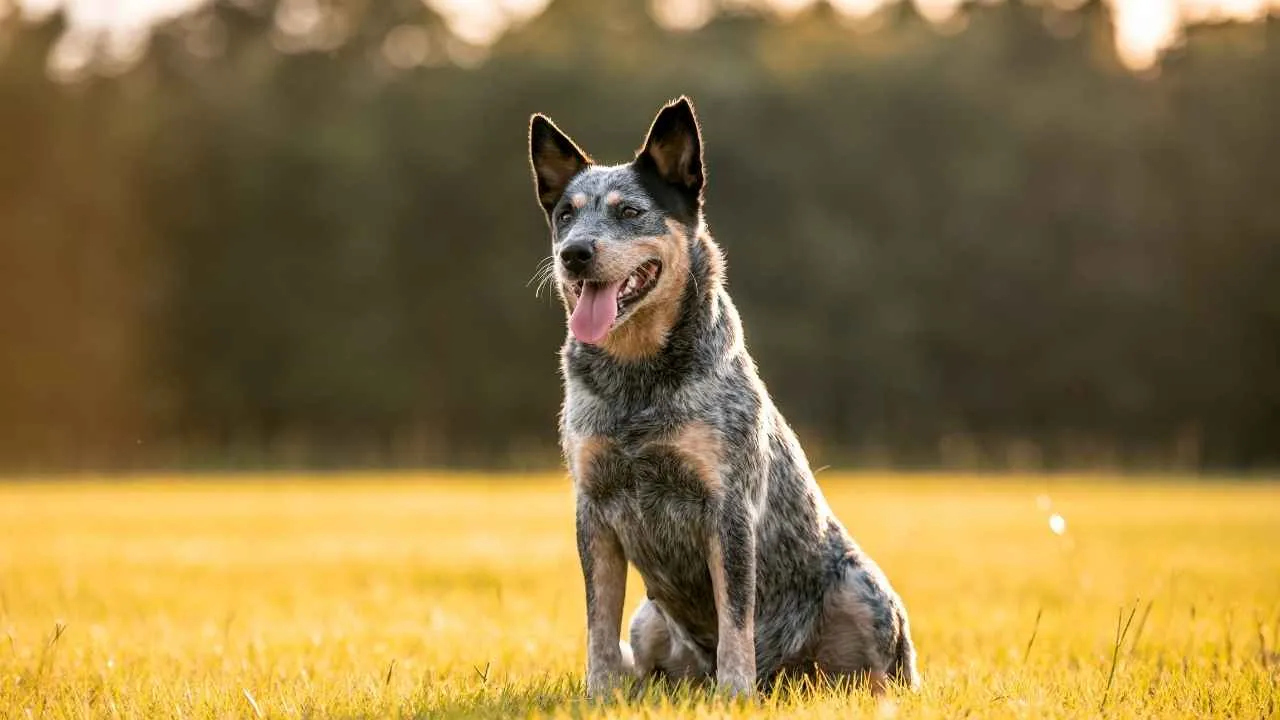
The Australian Cattle Dog, also known as the Blue Heeler, is a standout in the world of hard-to-train dog breeds; not for lack of brains, but because of how much drive and independence they bring to the table. Originally bred for herding cattle in rugged Australian conditions, these dogs are bursting with energy and determination. That legacy shows up in their training needs, where sheer smarts can sometimes translate into a headstrong streak that requires patience and consistency to manage.
What makes this particular breed challenging isn’t a lack of intelligence; it’s quite the opposite. Their cleverness often pushes them to test boundaries, making them more suited to experienced owners who can offer structured routines and engaging tasks. They also retain a deeply ingrained instinct to nip at heels, a remnant of their herding background, which can become problematic, especially around children, if not properly addressed.
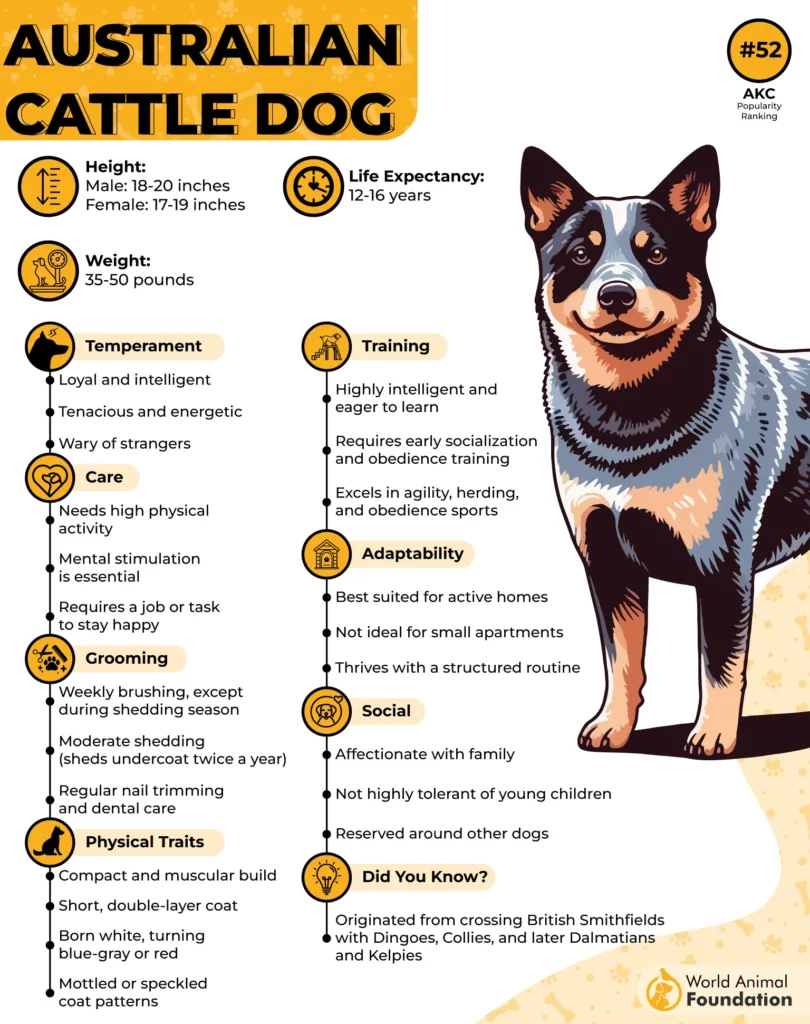
Socialization plays a major role in the development of a well-adjusted Australian Cattle Dog. Without it, their protective nature may morph into aggression toward strangers or unfamiliar animals. They do best with firm guidance and early exposure to various people and environments.
Consistent mental stimulation is key to preventing behavioral issues in this high-energy breed. Regular training sessions, puzzle toys, and plenty of physical activity are all essential. With the right commitment, though, their loyalty, cleverness, and spirited personality shine through, making all the hard work worthwhile.
9. English Bulldog
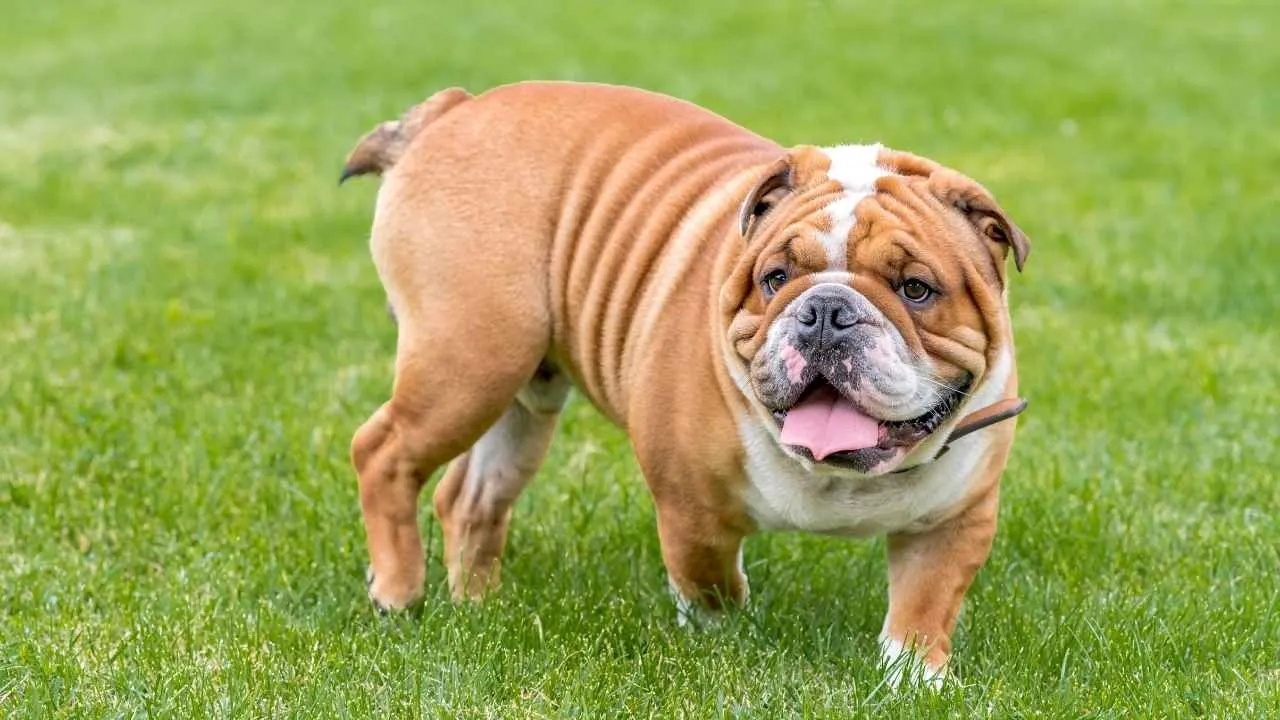
With their trademark pout and unmistakably squishy face, English Bulldogs are hard to resist, but easy to underestimate when it comes to training. These lovable canines often lean into their couch-potato tendencies, preferring long naps over active obedience sessions. While their laid-back vibe makes them charming companions, it also means they’re not the most motivated learners.
Training an English Bulldog can feel like negotiating with a very cute, very stubborn toddler. They’re known to resist commands, especially if it involves movement or interrupting a nap. Their “you’re not the boss of me” attitude is matched only by their solid build, which makes physically guiding them a challenge when they decide to dig in.
Still, beneath the stubborn streak lies a dog that adores attention and thrives on affection. Consistency, positive reinforcement, and the occasional belly rub can go a long way. Short, reward-filled sessions work best; think five minutes of training followed by twenty of cuddles.
Ideal for owners who embrace a slower pace, Bulldogs bring a lot of love and a bit of sass to the table. Just don’t expect them to fetch your slippers unless they were already lying on them.
Training may be tough, but with patience and humor, the English Bulldog proves worth the effort.
Conclusion
Not every dog is eager to please, and that’s part of what makes these “hard to train” breeds so delightfully unique. From the charming stubbornness of the English Bulldog and Basset Hound to the fiercely independent thinkers of the dog world, these dogs remind us that intelligence doesn’t always follow commands. While intelligent dogs like the Border Collie and Shetland Sheepdog are quick learners, even they can be among the hardest dog breeds if the training process isn’t consistent. Consistent dog training is essential for building trust and shaping good behavior, especially with these independent or strong-willed breeds.
At the end of the day, most dogs bring something special to the table, even if they don’t always sit when asked. Some may have just a tough appearance, while others, like the lovable Labrador Retriever or Golden Retriever, can surprise you with quirks, especially as adult dogs. Whether you’re working with first-time dog owners, dedicated training, or learning to handle other dogs of the same breed, these dog breeds to train will reward you with loyalty, laughs, and plenty of unforgettable moments. So grab that leash, stock up on patience, and get ready to embrace the quirks.


